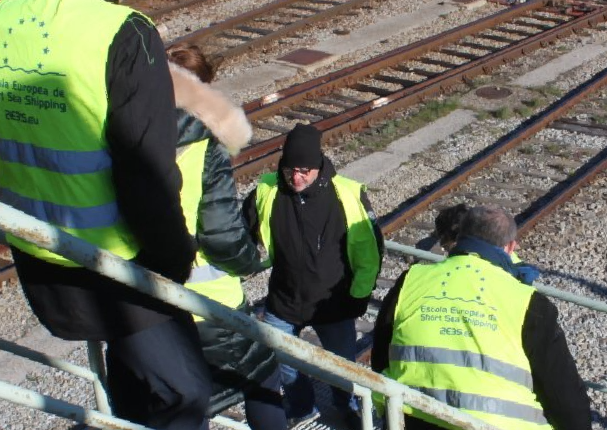This is a website managed by the Escola Europea - Intermodal Transport for the purpose of facilitate the training of students in the world of maritime transport and international trade. Port Railway exists only in the virtual world. It does not offer real services and any resemblance to reality is purely coincidental. The Escola Europea - Intermodal Transport declines all responsibility for any misuse of the information published.

TRACK AND TRACE ON ALL SERVICES!
Join the thousands of customers who trust Railway Port to transport their goods quickly and safely.
Botón
WE MAKE SUSTAINABLE TRANSPORT EASY
No shipment is too big or too difficult for us. Our fleet is flexible, reliable and secure.
Botón
DELIVERY AND LOW EMISSIONS ALWAYS GUARANTEED
Absolutely all the transports we carry out are delivered on time with the lowest external costs.
Botón
Services
Rail Motorway Services
Intermodal Container Services
Vehicles
Cold Chain
Quality
Sustainability & Environment
Digitalization
Dangerous Goods
What our clients say

"We are very happy with the service offered by PORT RAILWAY. The employees were friendly and professional. We didn't have any problems that couldn't be solved. We are also very happy to have found a reliable railway company that takes care of the intermodal shipments".
Josep Perpinyà
Botón
"Port Railway staff always manages to set up services with low emissions and very competitive delivery times. Their combination of sustainability, price and delivery time perfectly meets our needs".
Imed Zammit
Botón
"We work a lot with Port Railway thanks to their availability and competitive prices. Whenever we have had a problem they have been able to solve it very quickly. In addition, the shipments we make always arrive on time, which is extremely important in our sector".
Manel Medina
Botón
News
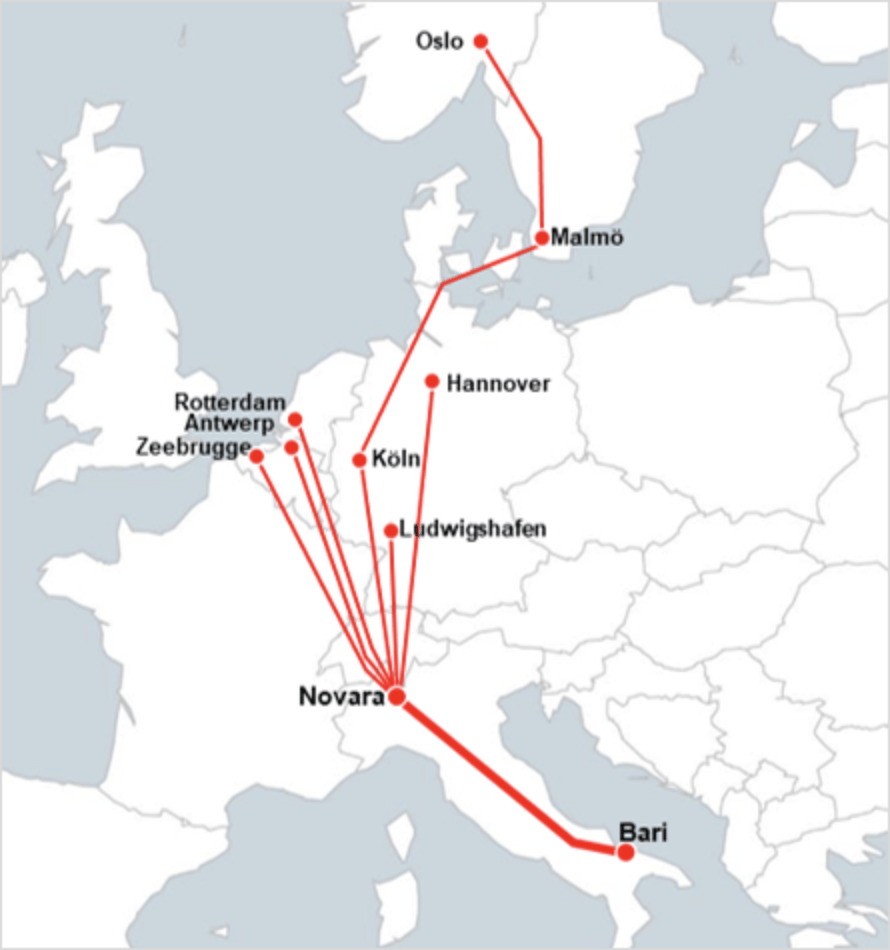
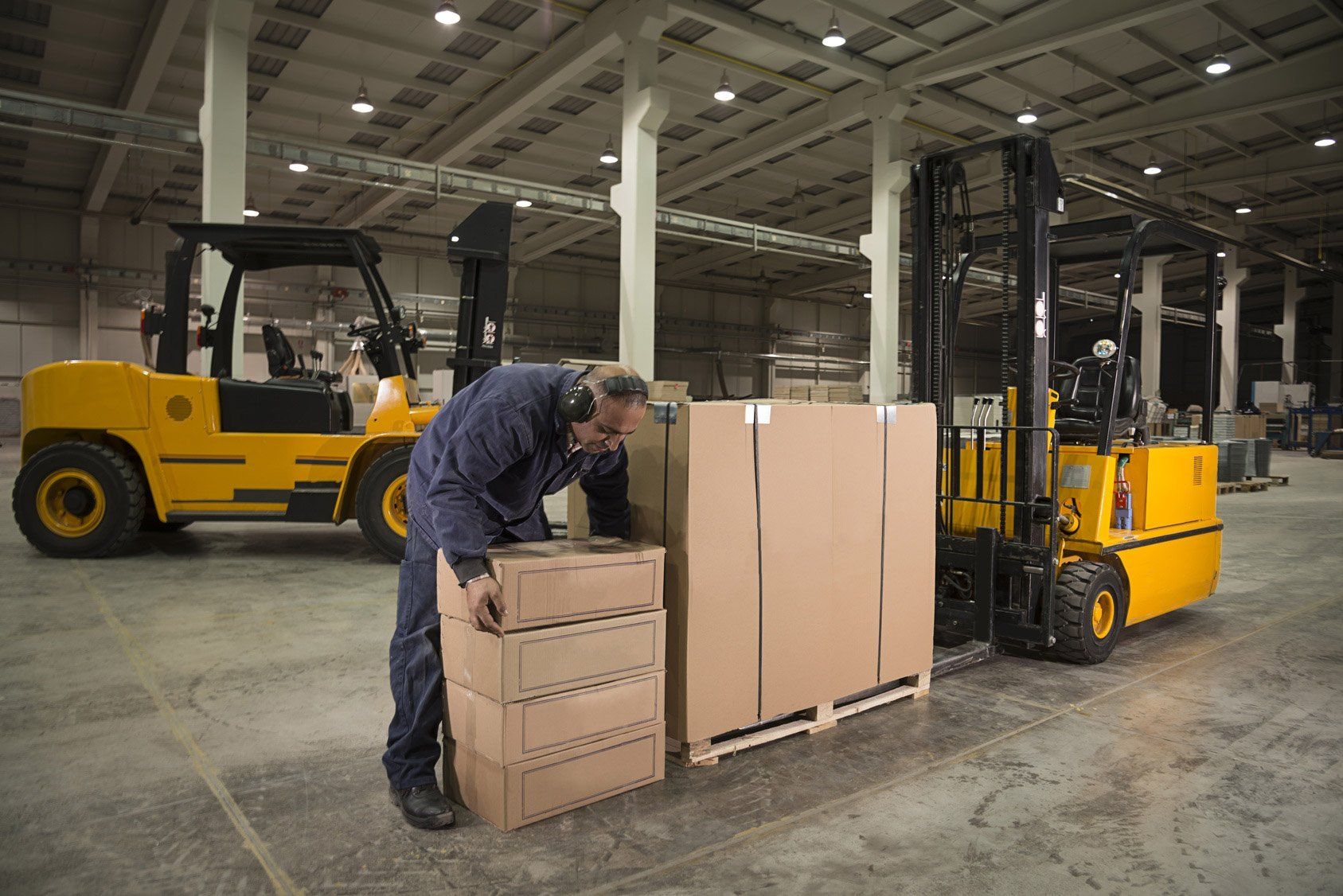
This site is part of a training program based on simulated companies and operations. It has no commercial validity and does not imply any commitment on the part of the participating companies. Escola Europea declines any responsibility for any misuse of the information provided.
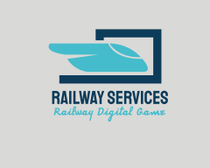
.
Who we are
Port Railway has been in the railway industry since 2020, offering transportation services, cargo capacities and customer service with an exceptional level of quality. We are part of the Escola Europea Group and we work on the digital world.
Services
Book online easily
Railway Motorway
Containers
Semitrailers
Vehicles
Express Transit Time
Temperature control - Reefers
Dangerous goods

PortVirtualLab
by Escola Europea - Intermodal Transport
is licensed under a Creative Commons Attribution-NonCommercial-NoDerivatives 4.0 International License.
Based on a work at pvl.one.
